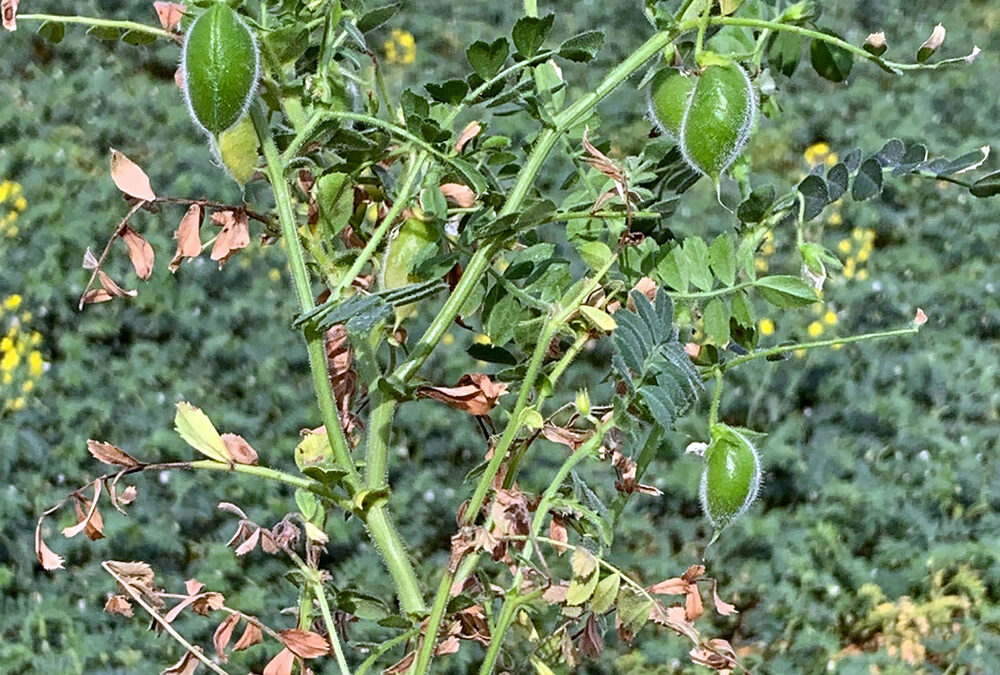SASKATOON — India is unlikely to meet its robust pulse production targets for 2024-25, according to a leading analyst from that country.
The proposed target is 29.9 million tonnes of kharif and rabi pulses, up from an estimated 23.44 million tonnes this year, according to a story that ran in the Hindu Business Line.
Related stories:
The Indian government has not formally announced any targets and likely won’t until the country’s general elections are over and a new government is sworn in.
The article was based on “informal access” to the government’s internal notes, said G. Chandrashekhar, a senior editor with the newspaper.
Stat Publishing said reaching the government target would require well-distributed monsoon rainfall, a significant increase in seeded area and possibly above average yields.
The weather outlook for the upcoming crop year looks favourable so far.
ADVERTISEMENT
The India Meteorological Department is forecasting that the southwest monsoon season will deliver 106 percent of the long-term average rainfall.
The monsoon season runs from June through September.
Rainfall is expected to be particularly plentiful in central India, where many pulses are grown.
If the government’s production target is achieved it would be bad news for Canadian growers.
“The implication for peas is India will likely be reluctant to extend duty free imports past the current Oct. 31 deadline for on board bills of lading,” Stat editor Brian Clancey stated in a recent article.
The concern would be that continued imports would discourage the expansion in rabi season pulses needed to meet the government’s ambitious target.
Clancey said the prospect of increased pulse crop production in India means the country’s yellow pea imports could return to zero in 2025.
ADVERTISEMENT
However, Chandrashekhar noted that actual production levels have fallen short of the government’s target in all of the last three years.
“My belief is, setting targets not backed by a strategic plan is useless,” he said in an email.
“If India continues its business-as-usual attitude, the proposed targets will remain elusive.”
Chandrashekhar said planted area for pulses is nearing a saturation point in India, and climate change is taking a particularly hard toll on pulse production there.
There is fierce competition for planted acres no great motivation for growers to plant more pulses due to a lack of seed technology breakthroughs.
“Farmers will plant crops that give them remunerative returns and assured markets,” he said.
“Pulses are not high on the list.”
ADVERTISEMENT
He expects demand growth to outstrip production growth in the coming years, resulting in an expanded dependence on imports.
India’s pulse imports are expected to reach a new high of 4.5 million tonnes in 2023-24, due in a large part to increased yellow pea and lentil purchases.
Climate change is not helping matters.
“As a tropical nation, India is more vulnerable to the adverse effects of global warming,” he said.
It has adversely affected India’s crops the last three years.
“It is wishful thinking that weather conditions will improve in coming years,” said Chandrashekhar.
“It may get worse.”
ADVERTISEMENT
In the meantime, he thinks it makes sense that the duty-free import of yellow peas is set to expire at the end of October.
The government does not want excessive imports of yellow peas ahead of when Indian farmers will be planting their chickpeas in November and December.
Clancey expects an increase in global pea production in 2024, which means competition for available demand will be intense.
If India is out of the market, exporters will be eyeing up alternative destinations such as Spain.
However, Spain’s purchases could be curtailed as well because of an anticipated rebound in grain production in that country.
The U.S. agricultural attaché for Spain is forecasting 21 million tonnes of grain production, up from 14.3 million tonnes last year.
Spain imported 592,300 tonnes of peas in 2023, up from 68,800 tonnes the previous year to help bolster its feed supplies, according to Stat. Russia supplied 504,600 tonnes of those peas.
ADVERTISEMENT
“Exporters in Russia would need to pursue opportunities in other markets and for other uses, supporting the view that competition will rise in the coming months, possibly resulting in lower average prices for most exporters,” said Stat.
Fuente: https://www.producer.com/news/indias-high-pulse-target-questioned/

